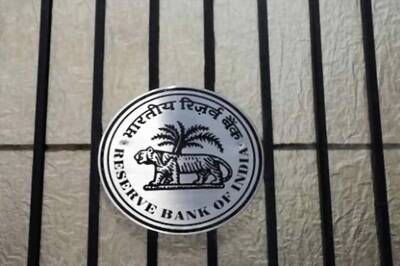
views
Death rates due to multiple cardiovascular (CVD) diseases may have considerably declined in the US in the last 15 years. However, in India, such deaths have risen by 34% from 155.7 to 209.1 deaths per one lakh population. And going by what the Cardiology Society of India recently said, 25% of the people who die of heart attacks are below 35 years of age.
The situation is indeed challenging, but the key reason for this is the fact that India is still a developing country where people are completely unaware about CVD and the perils of hypertension and diabetes, points out Dr Vaibhav Mishra, Additional Director, Dept of Cardiac Surgery, Fortis Hospital. "Death rates in US didn't drop overnight. Sustained efforts to educate people, make them aware of preventive measures, lifestyle changes, dietary changes and the need for regular health check-ups were initiated and implemented about 20-25 years back. And now, they are reaping the results. So if we want a healthy India after 15 years, we should implement similar measures in our population," he says.
Heart diseases are caused by damage to all or a part of the heart, damage to the coronary arteries, or a poor supply of nutrients and oxygen to the organ. And there are multiple lifestyle choices - smoking, a diet of junk food, obesity , diabetes - that can increase the risk of heart disease. But there is a need to spread awareness about the solutions that can address the growing epidemic of cardiovascular diseases in India.
As he explains, patients are happy to live in denial. They might try to shield themselves by refusing to accept the reality about the disease, but this only aggravates their condition. "Most of the causes are still not known to both urban and rural population. Unfortunately, the risk of cardiovascular disease is not taken seriously by our population. Indians continue to prefer naturopathy over modern medicines. They feel they can treat hypertension with age-old methods. Diabetes and hypertension don't have symptoms per se, but their complications do have symptoms. By the time patients realise these symptoms, they are already at a late stage."
While those who are diagnosed with heart diseases don't have the power to change risk factors such as family history, age etc. However, they can definitely follow other preventive measures to reduce the risk. Regular, daily exercise can lower one's risk of heart disease. This when combined with other lifestyle measures, like sustaining a healthy weight, the payoff gets greater.
"Physical inactivity is the foremost reason why one gains weight, and that is one of the reason that leads to hypertension and diabetes. Other lifestyle factors like regulating your diet, quitting smoking, doing yoga and living a stress free life, following regular health checkups and reducing intake of salt, saturated fats, alcohol, excessive carbohydrates and junk food can help you protect your heart. We also need to assess CVD risk of individuals, organise health programmes to spread awareness about CVD, their symptoms, treatment available and where they can be done."

















Comments
0 comment